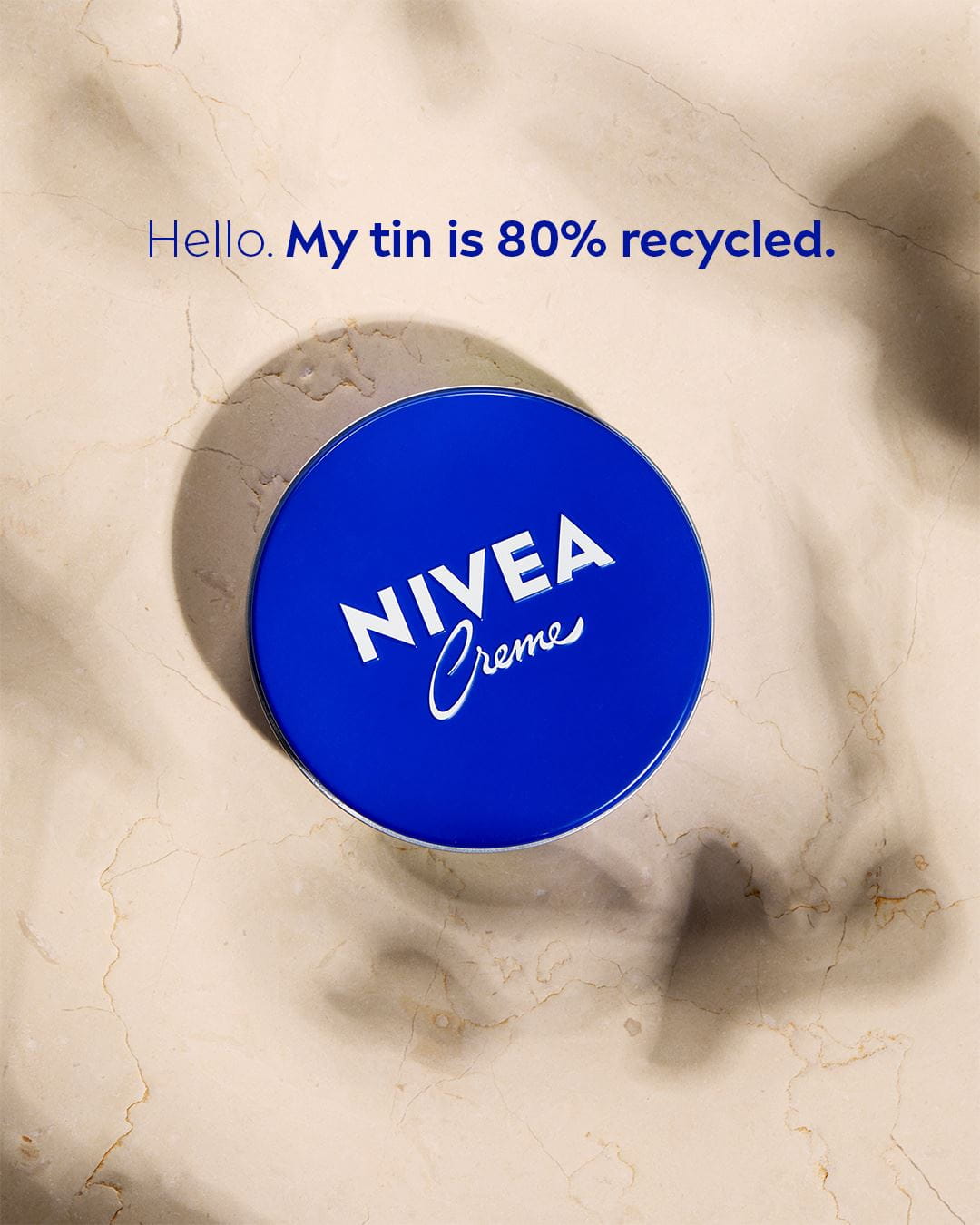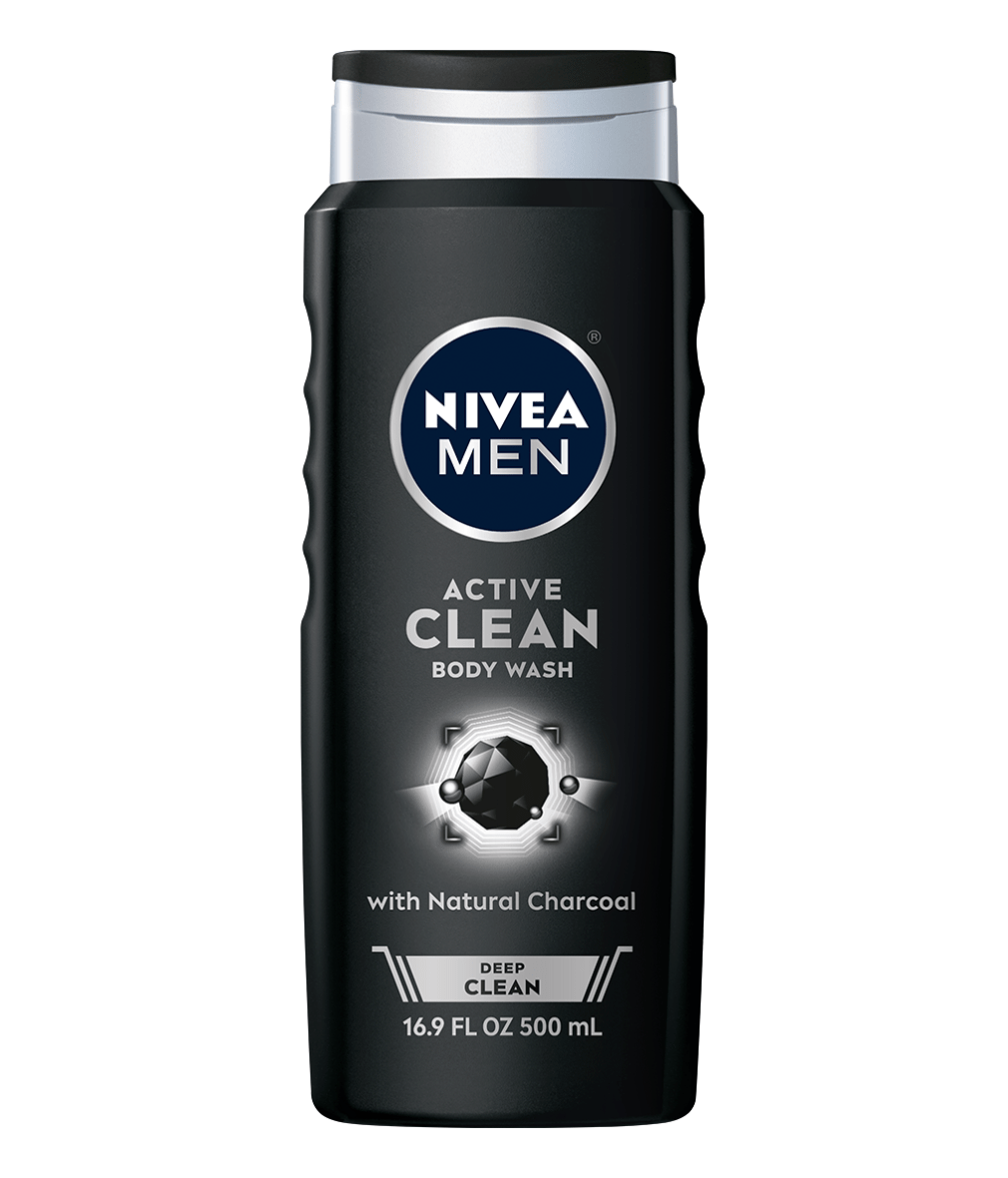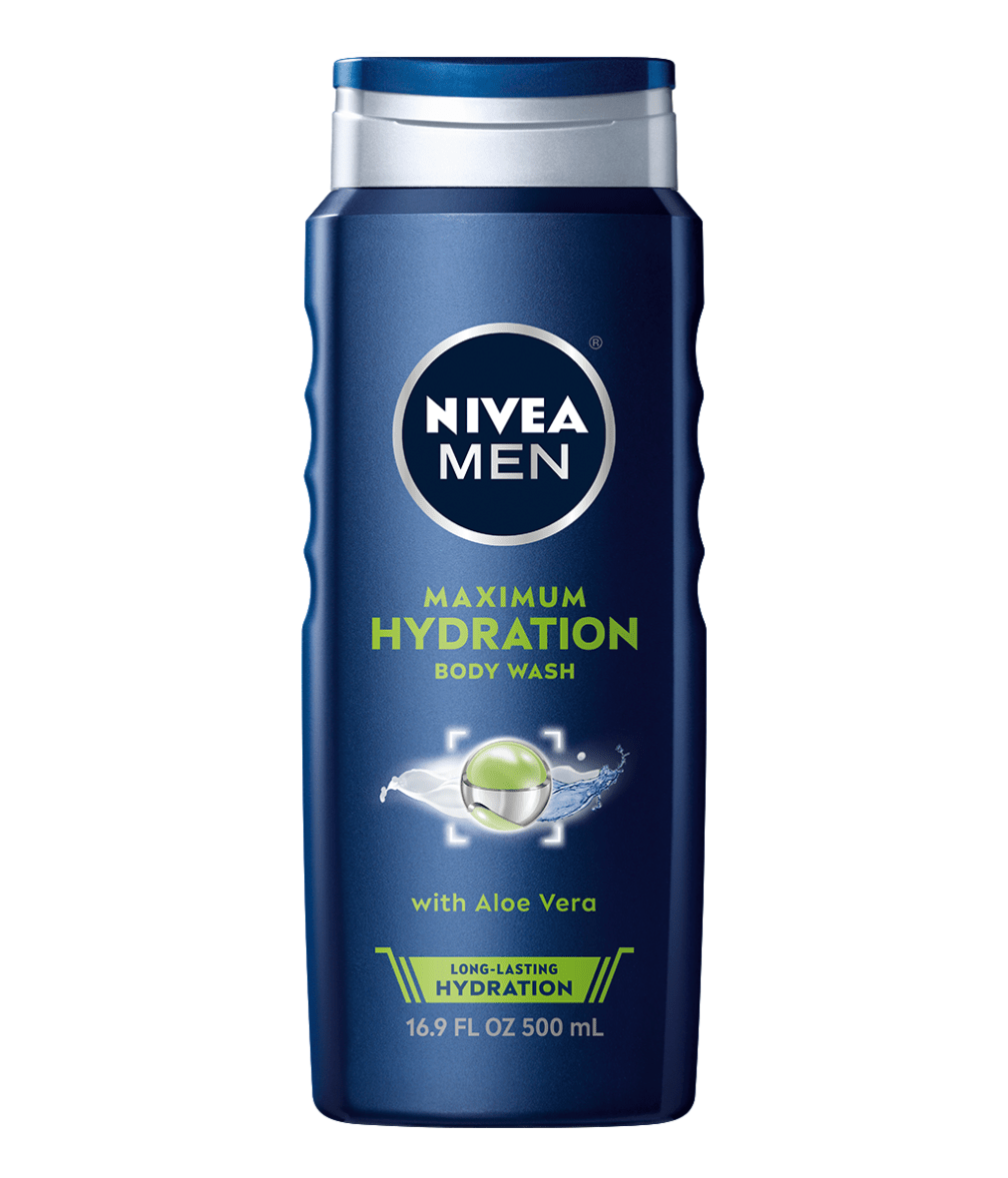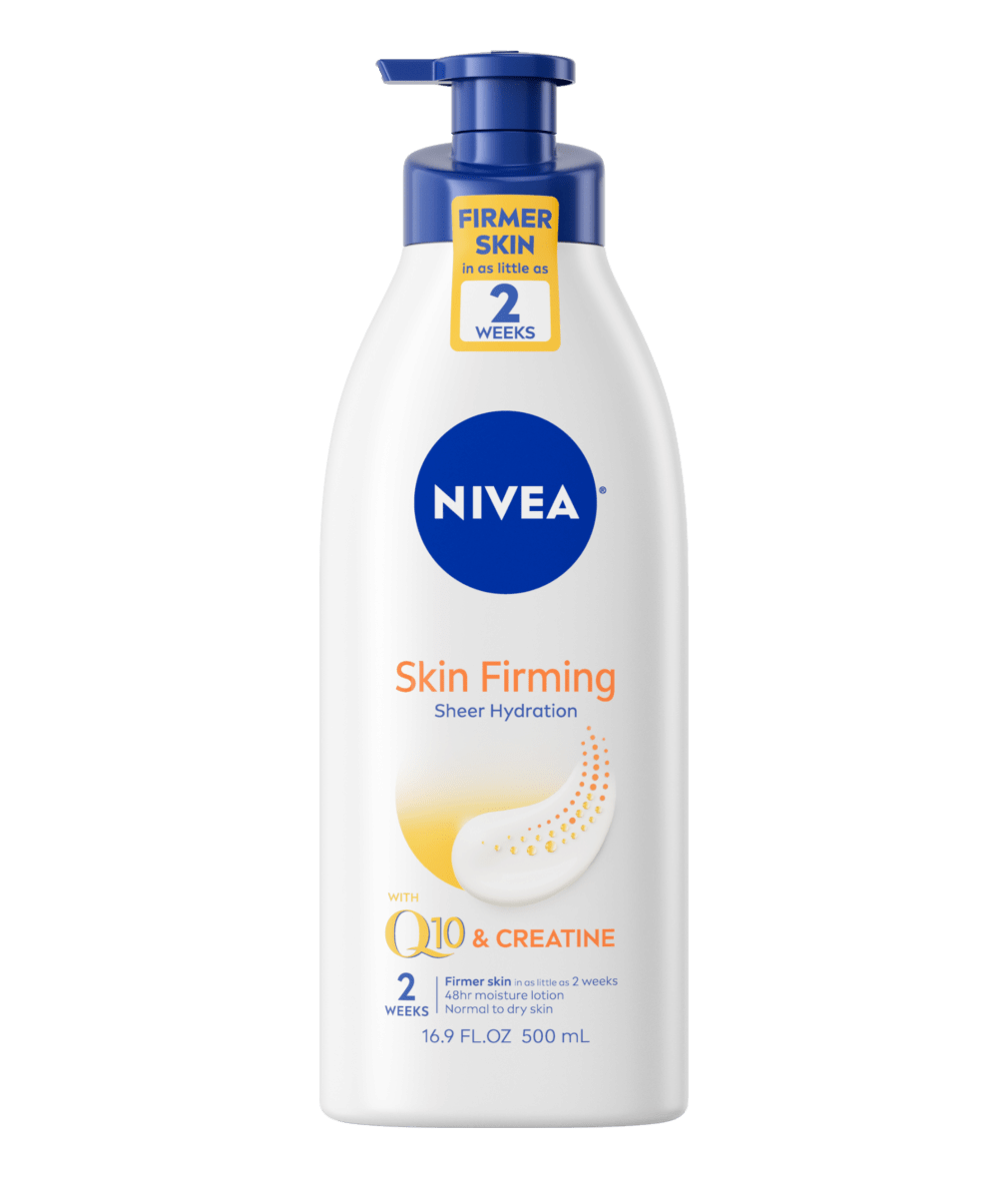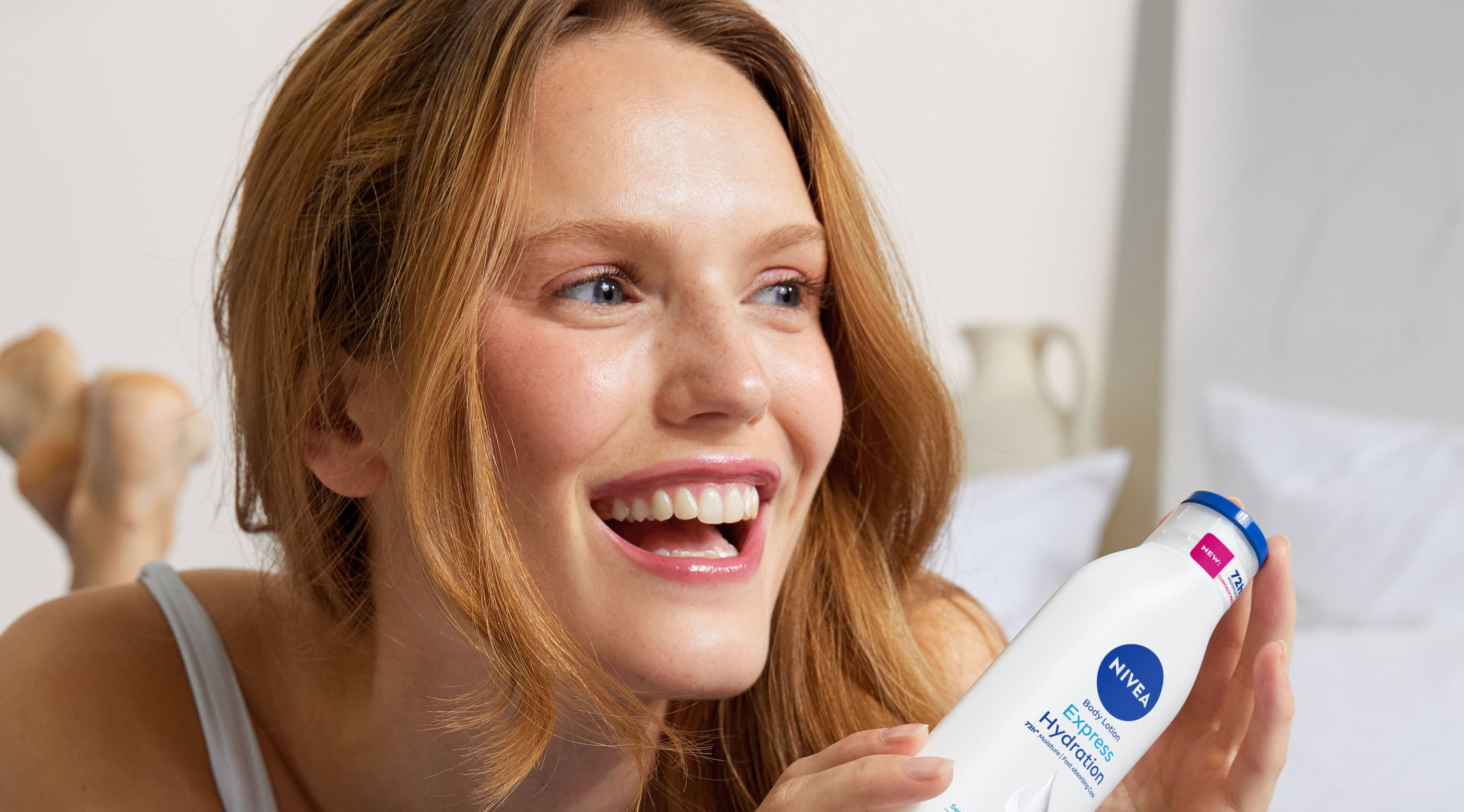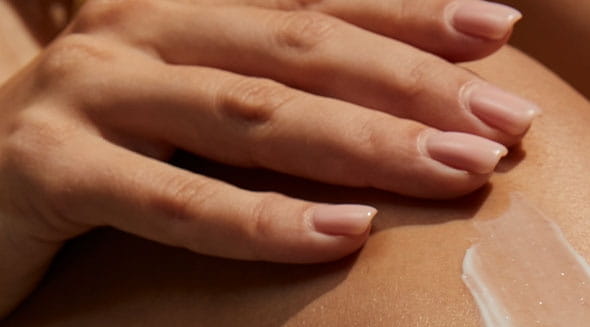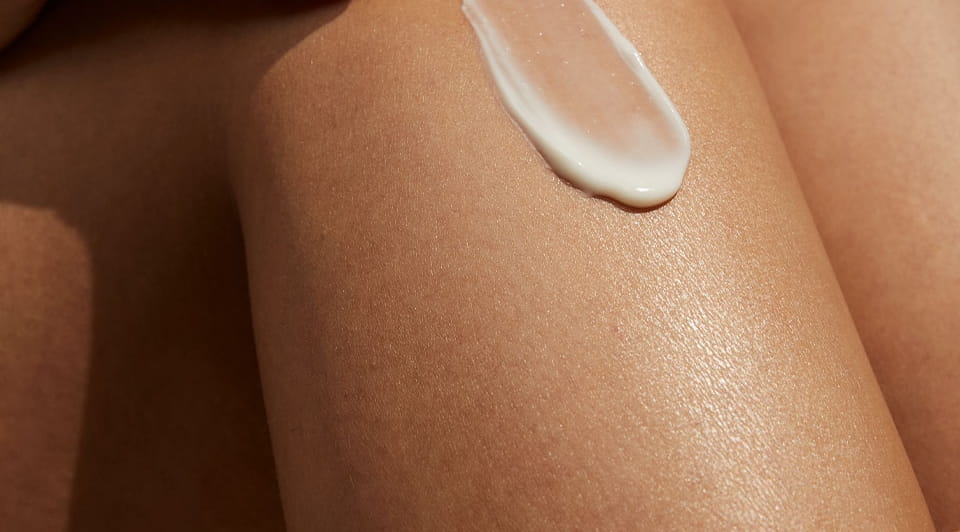“By 2050, there will be more plastic than fish in the sea.” –
Ellen MacArthur Foundation Report 2016
This outlook, in addition to pictures of polluted waterways and oceans, has left us all
deeply concerned about what we are leaving behind for future generations. And the exponential increase of plastic production not only pollutes the environ
ment; it also amplifies climate change. At the same time, there are some
good reasons to use plastic: it is very lightweight, durable, and safe for application across many industries. Humanity is faced with the question of how to solve the global plastic problem.
At
NIVEA, we are on a mission to use plastic responsibly within our product packaging, guided by the principles of the circular economy. Our approach is straightforward: we reduce plastic wherever possible, we recycle plastic as much as we can, we replace it when it makes sense to do so - to create plastic-free packaging - and we enable you to reuse our packaging. To underline our commit
ment, we are pursuing ambitious targets:
By 2025, we want to reduce the fossil-based virgin plastic we use in our packaging by 50 percent (base year 2019).
We are following this objective by reducing the weight of our packaging, integrating recycled content and replacing fossil-based plastic with plant-based alternatives.
By 2025, we will have 30 percent recycled material in our plastic packaging.
Using recycled plastic is key in counteracting the exploitative use of
natural resources and plastic pollution. By giving packaging material a second life, we prevent further extraction of fossil resources for virgin plastic production as well as environ
mental pollution by generating a demand for secondary materials.
By 2025, we will ensure that 100 percent of our plastic packaging can be refillable, reusable or recyclable packaging.
Of course, our responsibility does not end on the shelf. Instead, we are working to make all of our plastic packaging either recyclable, refillable or reusable. That is how it can have a second life, or even many more.
All our efforts towards more sustainable plastic packaging not only contribute to preventing pollution, but also lead to reduced CO2 emissions and therefore contribute to fighting against climate change.



